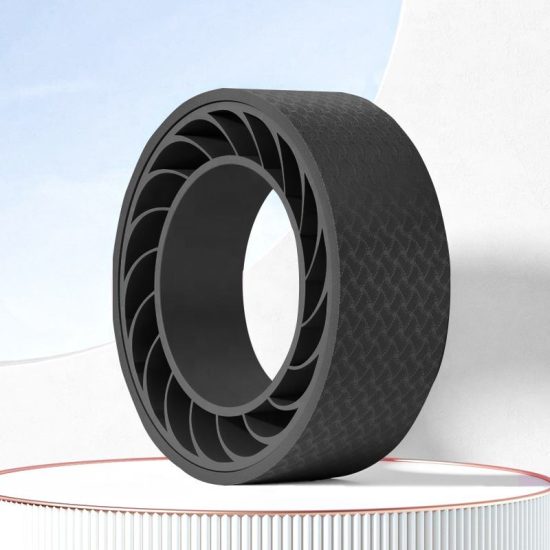Practicing yoga with an eco-friendly yoga mat is a great way to align your practice with environmentally conscious choices. Here are some considerations for choosing an eco-friendly yoga mat:
- Materials:
- Natural Rubber: Mats made from natural rubber are sourced from rubber trees and are biodegradable. Look for mats that specify the use of sustainable and responsibly harvested rubber.
- TPE (Thermoplastic Elastomer): TPE is a recyclable and biodegradable material. Mats made from TPE are often free from harmful chemicals like PVC and latex.
- Cork: Cork is a renewable resource as it comes from the bark of cork oak trees. It’s naturally antimicrobial, providing a clean and eco-friendly surface for your practice.
- Recycled Materials: Some mats are made from recycled materials, such as recycled rubber or plastic bottles. These mats help reduce waste and repurpose materials.
- Biodegradability:
- Choose mats that are biodegradable or made from materials that break down naturally over time. This ensures that the mat won’t contribute to long-term environmental pollution.
- Production Processes:
- Consider mats that are manufactured using environmentally friendly processes. Some companies use closed-loop systems that recycle water and reduce waste during production.
- Certifications:
- Look for eco-friendly certifications such as OEKO-TEX Standard 100, which ensures that the mat is free from harmful substances, or certifications from organizations promoting sustainable practices.
- Durability:
- An eco-friendly mat that lasts longer is a more sustainable choice. A durable mat reduces the frequency with which you need to replace it, thereby reducing your overall environmental impact.
- Packaging:
- Consider the packaging of the mat. Eco-friendly mats often come in minimal or recyclable packaging to further reduce their environmental footprint.
- Brand Values:
- Choose brands that prioritize sustainability and transparency in their practices. Brands committed to environmental responsibility often communicate their efforts to reduce their impact.
- Cleaning and Maintenance:
- Opt for mats that can be easily cleaned with natural, non-toxic cleaners to minimize the use of harsh chemicals.
- End-of-Life Options:
- Investigate whether the mat can be recycled or if the manufacturer offers a take-back program for mat disposal.
By choosing an eco-friendly yoga mat, you contribute to a more sustainable and mindful practice. Additionally, incorporating other green habits, such as using eco-friendly props and practicing in natural settings, can further enhance your commitment to a green yoga practice.


